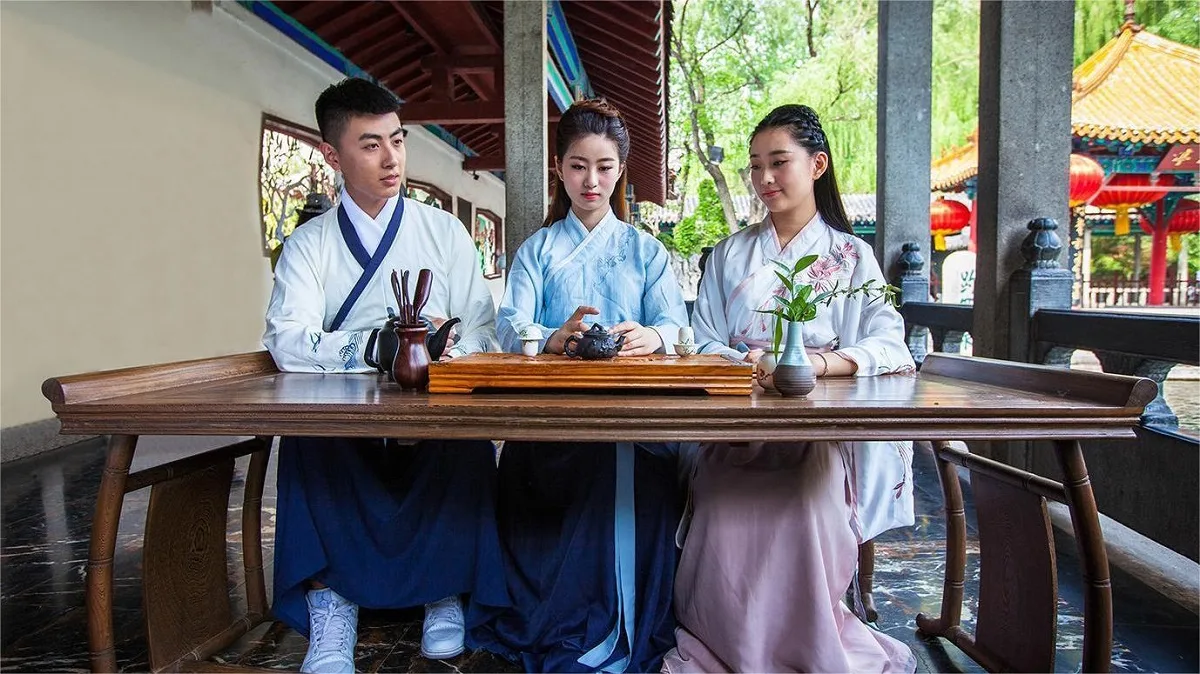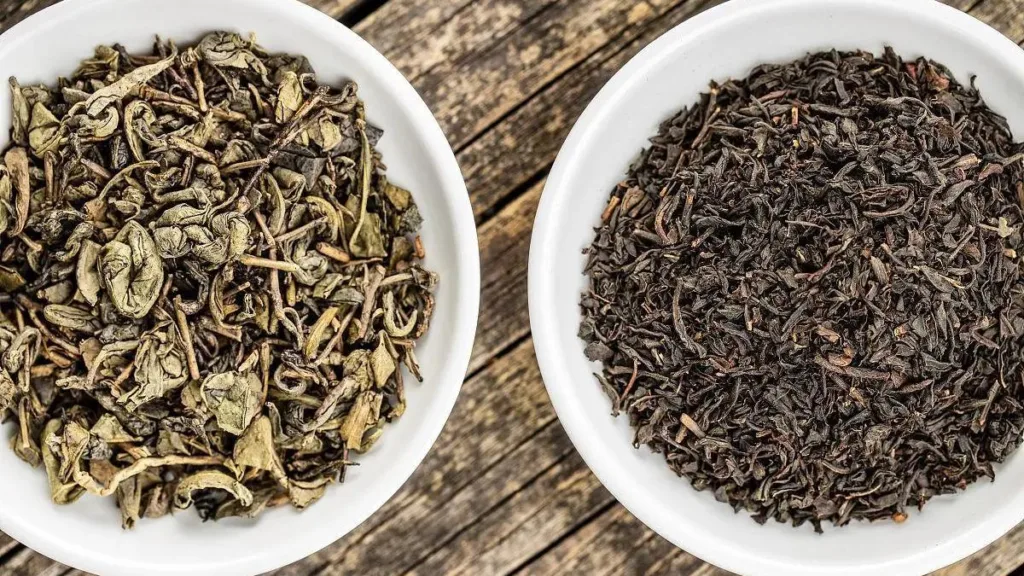The Chinese tea ceremony is a traditional practice deeply rooted in Chinese culture, reflecting a harmonious blend of aesthetics, philosophy, and social interaction. Attending a Chinese tea ceremony involves not only a deep appreciation for the art of tea but also an understanding of the cultural significance attached to every aspect, including attire. The clothing worn during a Chinese tea ceremony is a crucial element that adds to the overall experience and plays a role in preserving the ritualistic nature of this ancient practice.
In the context of men’s attire for a Chinese tea ceremony, the emphasis is placed on elegance, simplicity, and cultural reverence. The traditional costume most commonly associated with such occasions is the Hanfu. The Hanfu is a traditional Chinese attire that has a history dating back thousands of years, and it carries a profound cultural heritage. It consists of several layers and typically includes a robe-like garment with wide sleeves, cross-collar, and a sash around the waist.
The choice of color for Hanfu during a tea ceremony is often muted and serene, reflecting the calm and contemplative atmosphere associated with tea appreciation. Earthy tones such as soft greens, browns, and grays are popular choices, emphasizing a connection with nature and simplicity. The overall effect is to create a visual harmony that complements the aesthetics of the tea ceremony.
The fabric of the Hanfu is another essential consideration. Lightweight, breathable materials such as silk or linen are preferred, allowing for ease of movement and comfort during the ceremony. The flowing nature of the Hanfu contributes to the graceful and unhurried pace that characterizes the tea ceremony, creating a seamless integration of attire with the ceremonial process.
Accessories play a subtle yet significant role in completing the traditional attire for a Chinese tea ceremony. A key accessory for men is the traditional Chinese hairpin, often adorned with delicate elements such as jade or intricate metalwork. This accessory not only adds a touch of refinement to the overall look but also symbolizes cultural heritage and attention to detail.
Footwear is another element carefully chosen to complement the Hanfu. Traditional Chinese shoes like the cloth or silk-soled shoes are commonly worn during tea ceremonies. These shoes are lightweight, comfortable, and in keeping with the overall aesthetic of traditional Chinese attire.
Beyond the Hanfu, there is a growing trend of incorporating modern adaptations of traditional clothing for tea ceremonies. Some men may choose to wear a Tangzhuang, a style influenced by the Qing Dynasty, which consists of a jacket and straight-cut trousers. While not as ancient as the Hanfu, Tangzhuang still exudes a sense of cultural pride and sophistication, making it a suitable choice for contemporary tea ceremonies.
In conclusion, the attire for men during a Chinese tea ceremony is a thoughtful and culturally rich choice that goes beyond mere clothing. It is a representation of respect for tradition, an acknowledgment of cultural heritage, and a contribution to the overall aesthetic experience of the ceremony. Whether in the timeless elegance of the Hanfu or the classic charm of Tangzhuang, men participating in a Chinese tea ceremony use their attire to enhance the ritualistic beauty of this centuries-old practice.



